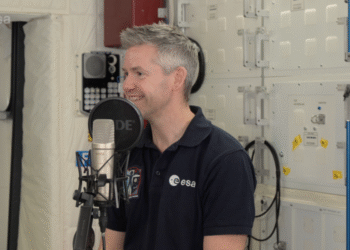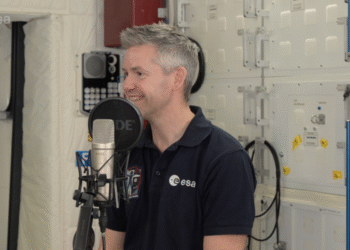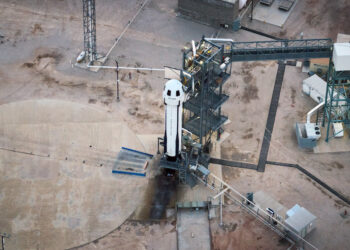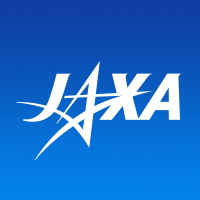The crew aboard the International Space Station (ISS) is actively engaged in research that focuses on health monitoring and exercise science to better understand how the human body adapts to space. This is essential as prolonged exposure to microgravity can lead to muscle atrophy and bone loss among astronauts. The crew’s activities include various experiments and routines designed to mitigate these effects, ensuring they remain in optimal health during their mission.
Key Health Monitoring Activities
The research involves daily health assessments using a variety of tools and methods to gather data on the astronauts’ physical and mental well-being. The aim is to develop more effective countermeasures for future long-duration missions, including those destined for the Moon and Mars.
Exercise Science Experiments
Exercise is a crucial component of the crew’s daily routine. Onboard the ISS, astronauts participate in structured exercise sessions that include:
- Treadmill running and resistance training to maintain muscle strength and bone density.
- Testing new exercise protocols to maximize the efficiency and effectiveness of the workouts in a microgravity environment.
- Using advanced equipment like the Advanced Resistive Exercise Device (ARED) to simulate weightlifting.
Benefits for Future Missions
The insights gained from these experiments are vital for the planning of future long-duration missions. Understanding how to maintain astronaut health in space has implications for crew performance and mission success, especially when considering interplanetary travel.
The research and findings from these ongoing experiments on the ISS contribute significantly to NASA’s objectives in advancing human space exploration. To learn more about this important work, visit the source article.






















